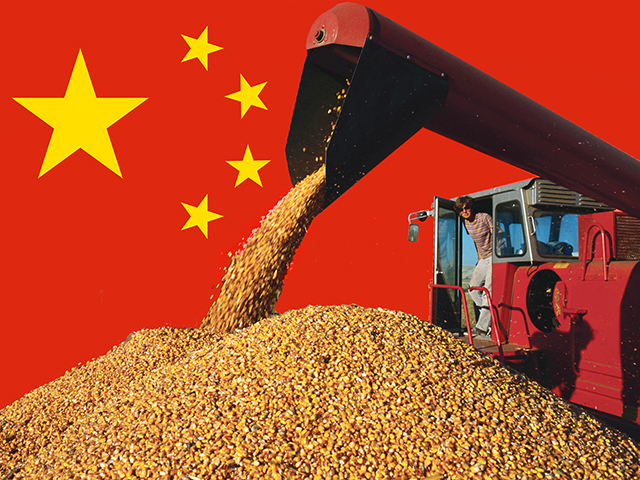Inside the Market
Are Seasonal Influences Still Important?
For corn and soybeans, understanding the seasonal patterns of each has been a helpful tool guiding risk-management decisions for decades. During the years, cash corn prices have shown a tendency to trade lower from the end of May to harvest time. Soybeans have generally traded lower from the end of June to harvest.
In 2020, those traditional patterns were turned upside down as the spread of COVID-19 sent both corn and soybean prices plummeting earlier than usual. DTN's national index of cash corn prices bottomed on April 28, roughly a month before seasonal highs are usually made. DTN's National Soybean Index posted its low of the year on March 16, roughly six months ahead of the time harvest lows would normally be expected.
CONSISTENT PATTERN
There is always give and take as to when the year's highs and lows are actually made, but the general pattern has been remarkably consistent. Corn's 58-cent decline from the end of November 2019 to the end of May 2020 was the largest loss and only the eighth decline for that period in the past 28 years. The $2.85 gain in cash soybeans from June 30 to November 30 was the largest contraseasonal gain on record for that span in the past 28 years.
P[L1] D[0x0] M[300x250] OOP[F] ADUNIT[] T[]
We can now see the unusual combination of a global pandemic early in 2020 followed by a late stretch of dry weather and much-larger-than-expected sales of corn and soybeans to China were the primary disruptors of seasonal patterns in 2020. These unusual circumstances are not reasons to give up on seasonal tendencies, but it is fair to wonder if seasonal reliability will return in 2021.
The first concern I have is seasonal tendencies of corn and soybean prices have largely been rooted in markets that had comfortable surpluses. Expecting low prices at harvest time is a no-brainer and is never more true than when supplies are plentiful. In early summer, it makes sense that highs are often made when the uncertainty of a new season is high, and weather factors can be threatening.
TIGHT SUPPLIES
In the current market, corn and soybean supplies are much tighter than usual at the start of a new season. Cash corn and soybeans are near their highest prices in more than six years, which is already tempting for making forward sales.
Weather is always a potential disruptor to seasonal influences, but in 2021, I'm also concerned about China's ability to surprise and influence market prices in ways that are difficult to predict.
Seasonal tendencies will continue to be an important part of DTN's Six Factors Marketing Strategies. As is always true, they will need to be considered in the context of the market's other clues. Forcing us to look at the market from different angles has always been one of Six Factors' strengths and will be again in 2021.
**
-- Read Todd's blog at about.dtnpf.com/markets.
-- You may email Todd at todd.hultman@dtn.com, or call 402-255-8489.
[PF_0521]
(c) Copyright 2021 DTN, LLC. All rights reserved.




